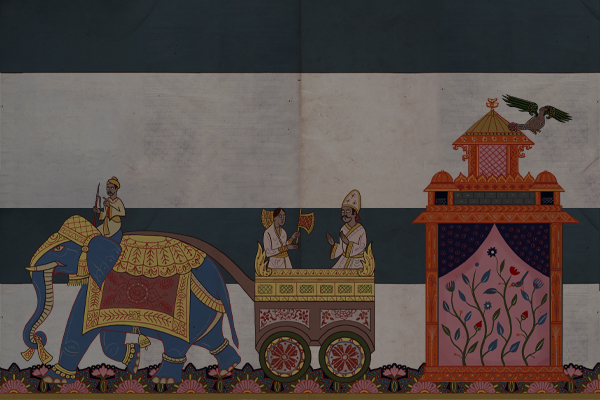I've only been able to read the design philosophy so was wondering will the system have a clear unambiguos approach to terrain selection and placement and also deployment. It would be nice IMO if it was impossible to terrain an oponent out of the game and also that deployment maps (assuming they will be used) can't take the p**s.
Cheers
Andy robinson
Deployment and terrain
Moderators: hammy, philqw78, terrys, Slitherine Core, Field of Glory Design, Field of Glory Moderators
-
IainMcNeil
- Site Admin

- Posts: 13558
- Joined: Fri Apr 01, 2005 10:19 am
Hi Paul,
i agree with your concept that a balanced army shouldn't be able to be terrained out of the game, unfortunately due to reasons unknown to myself, developers of other game systems for this period have never achieved this aim. (Various terrain placement ammendments written and re-written over the years for one of the more popular current rule sets is illustrative).
It is a big plus that AOW will be testing this area to destruction as with the "meat of the game"
to pinch some one elses phrasing
i agree with your concept that a balanced army shouldn't be able to be terrained out of the game, unfortunately due to reasons unknown to myself, developers of other game systems for this period have never achieved this aim. (Various terrain placement ammendments written and re-written over the years for one of the more popular current rule sets is illustrative).
It is a big plus that AOW will be testing this area to destruction as with the "meat of the game"
to pinch some one elses phrasing
-
honvedseg
- Master Sergeant - Bf 109E

- Posts: 450
- Joined: Mon Apr 04, 2005 6:12 pm
- Location: Reading, PA, USA
Terrain
The underlying problem is that historical armies were often designed to operate in a particular type of terrain, which made them vulnerable when fighting outside of that environment. These armies developed as a response to a real or perceived threat by a particular adversary, and were shaped by events and experiences into a suitable counter to that threat and not necessarily suitable against any other. Weapons and methods which threatened the balance of power between reasonably matched opponents were either copied or outlawed by both. Examples of the second include the shunning of archery by the Greeks, the banning of crossbows for use against Christians by the Roman Catholic church during the Middle Ages, and the phasing out of gunpowder weapons by the feudal Japanese.
Most armies were never intended to operate against "unlike" forces, especially in unfamiliar terrain, so any attempt to play "ahistorical" opponents against each other in a "realistic" manner is bound to create problems. Situations such as waves of horse archers roving around in the open while warbands lie waiting in the woods, neither able to venture into the others' territory, are bound to happen. The relatively few instances where totally different armies from diverse cultures encountered each other generally resulted in either the complete massacre of one, or the inability of the armies to come to grips at all because neither was willing to face the other on ground obviously favoring the opponent.
If a game developer manages to achieve a balanced contest between such mismatched forces, it is only because it abstracts the game mechanics to where such significant factors are ignored or minimized, or because it introduces some outside element to "handicap" the one side (baggage camps, turn limits for mounted armies, mandatory advances, etc.).
Most armies were never intended to operate against "unlike" forces, especially in unfamiliar terrain, so any attempt to play "ahistorical" opponents against each other in a "realistic" manner is bound to create problems. Situations such as waves of horse archers roving around in the open while warbands lie waiting in the woods, neither able to venture into the others' territory, are bound to happen. The relatively few instances where totally different armies from diverse cultures encountered each other generally resulted in either the complete massacre of one, or the inability of the armies to come to grips at all because neither was willing to face the other on ground obviously favoring the opponent.
If a game developer manages to achieve a balanced contest between such mismatched forces, it is only because it abstracts the game mechanics to where such significant factors are ignored or minimized, or because it introduces some outside element to "handicap" the one side (baggage camps, turn limits for mounted armies, mandatory advances, etc.).








